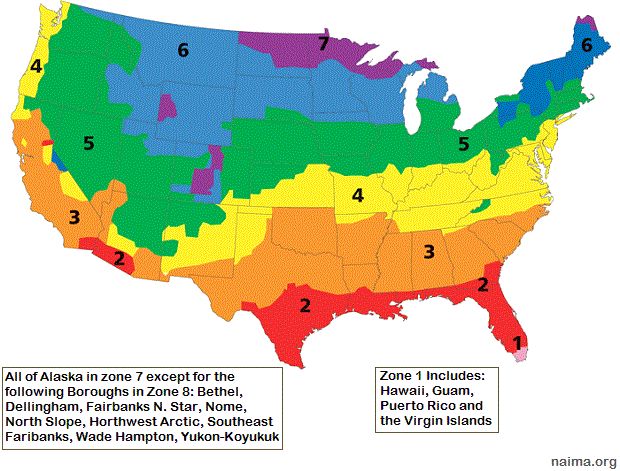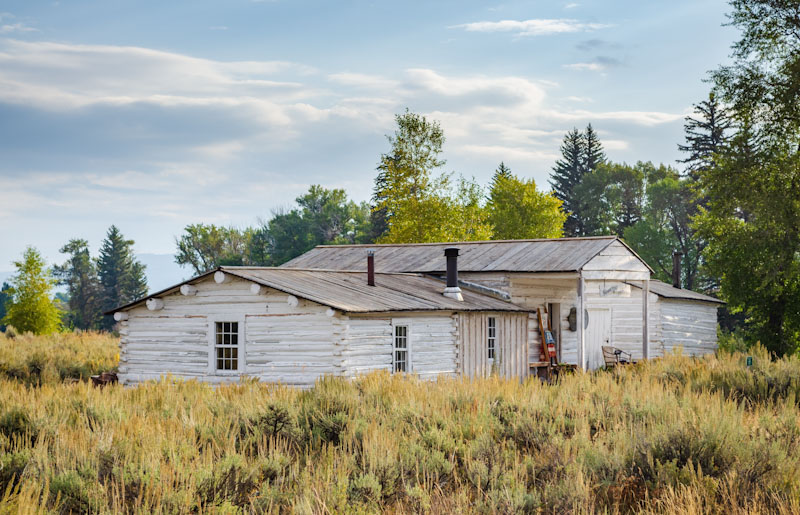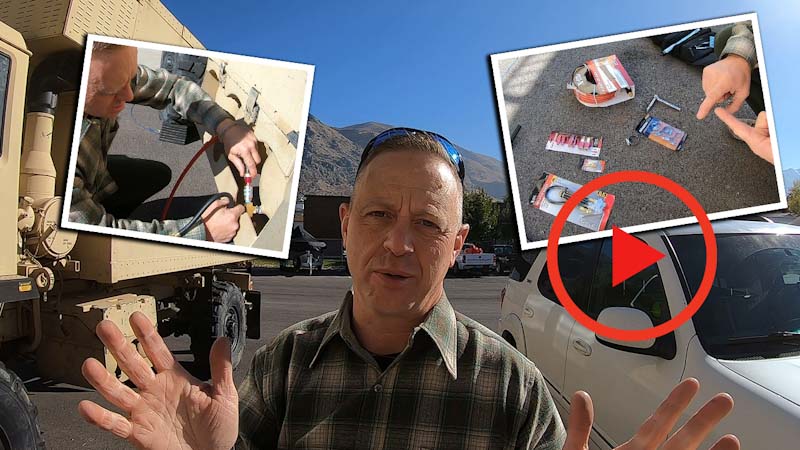Brace yourselves; winter is coming!
With the winter almost here and record-low temperatures in Kansas, Minnesota and other places that are cold to begin with, you should know a few things about attic and roof insulation.
Why insulate your roof and/or attic? Well, if you care about your comfort during the long and cold winter months, and you also want to save on your heating/energy bill, keep reading.
Theoretically, it would be best to insulate your homestead from the foundation to its roof in order to achieve optimal energy efficiency, but that will definitely put a dent in your bank account.
Since the most heat dissipates through the roof/ceilings, concentrating upon the most vulnerable areas is the most efficient way to preserve the heat inside your house while protecting your hard-earned dollars in your wallet.
Insulation is one thing, however, you should also consider air leakage and moisture control in all areas of your home.
Let’s Begin With the Basics, Shall We?
For a DIY job, you’ll require the following tools: protective clothing, plywood offcut, a miter box and a staple gun.
As for materials, you’ll need furring strips, adjustable metal clips, blanket insulation, thermal drywall, vapor barrier, adhesive for the wood work, tape, loose fill insulation and storage decking. This is by no means the ultimate definitive list; you can improvise and use what you have, depending on your preferences.
Typically, people use batt insulation, also known as loose fill, for their attics. As a rule of thumb, this is the insulation of choice for many DIY’ers because it’s cheaper to install and also easier to work with than most of the other methods.
If installed by the book, it even provides you with better coverage. Keep in mind that before proceeding with this project, you should check for and seal any air leaks and make sure the roof is in good standing, i.e. there are no leaks or anything. If you don’t repair any damages to your roof before insulating your attic, you’ll waste your money and your time.
Another thing to take care of is to air seal and insulate all the knee walls and if you live in an area with warm/hot summers, remember to install a radiant barrier to avoid the heat gain during the hot months (check out the videos folks. It’s important).
Video first seen on Crawl Space Ninja
Video first seen Dr. Energy Saver Dealers
What Type of Insulation Suits You Best?
Now, with the preamble taken care of, let’s see what type of insulation will be best for you, shall we?
Basically, you have two choices: blanket insulation and recycled insulation.
The blanket insulation is the “standard” pink type, while the recycled variety is more environmentally friendly. The technique for installing any of them is more or less the same, but since the recycled type is the non-itch alternative, it’s more comfy to work with. Blanket insulation is also known as batt and roll, as I told you previously, and it’s made using various materials; usually fiber glass but also plastic/natural fibers such as cotton or mineral wool. It comes in lots of widths, and as per length, you can cut it as you like to fit your premises during installation.
As for usability, you don’t have to worry because working with the blanket insulation is no big deal, being the most used form of attic and roof insulation. The only thing is that you’ll have to wear protective clothing at all times and it’s a bit uncomfortable to handle; remember to check the local building/fire codes, and follow the manufacturer’s instructions.
However, you should always consider using the natural/recycled insulation as an alternative to the “regular” blanket kind. Recycled insulation, also known as blown-in or loose-fill insulation, is made from little clumps of various (recycled) materials like cellulose, fiberglass and/or mineral wool (the latter is made by using metal/mineral remnants) and it usually requires professional installation, because it is sprayed onto the attic’s floor and into cavities using special equipment.
Another thing to keep in mind is the kind of roof space you desire. I mean, you’ll have to choose between a warm and a cold roof space. If you go for a warm one, you’ll have to insulate under and between the rafters of the roof. That means you’ll probably have to increase the depth of the joists if you want to benefit from enough storage space, given the recently increased recommended depth of insulation.
For a cold roof, you’ll need to insulate at joist level, thus preventing the heat from escaping via the empty roof space.
Click on the map bilow to go to this website where you’ll find useful information about how much insulation you have to install, depending upon the age of your house and where you live, i.e. the climate zone.
Also, keep in mind that insulating power depends on a factor called R-Value, where R represents the resistance to air flow. Hence, the higher the R value, the better insulating properties of the respective material. Note that the R value is cumulative in effect; for example if the insulation layer has an R value of 19 and the attic already has R 19 insulation, the overall R value will be 38.
The first step in insulating your attic or roof is to lay the blanket insulation. Next, you’ll have to build up the layers and since many attics harbor pipes and electrical equipment, you’ll have to work around the pipe work and electrical gear and create storage decking (if you want to use the space for storing stuff).
Next, you’ll have to insulate the pipes and finally, you’ll need to lay the storage decking. The next step is to insulate the walls and rafters and the best way is to use recycled batts as an alternative to blanket insulation, since it’s easier to position (blanket insulation tends to sag before being secured in place tightly by drywall) and it’s eco-friendly.
Below there’s a video about adding batt insulation to your attic, and another one which details the installation process.
Video first seen on Monkey See
Video first seen on This Old House
Here’s an attic blown in insulation, the DIY method for using recycled stuff without using professional tools or hiring technicians.
Video first seen on Your New House
Check out this comprehensive tutorial about attic prep and insulation, with the target being an R-50 value to give you sufficient insulation.
Video first seen on WxTV
Also, here’s an interesting video about insulating an old house’s attic with fiber-glass.
Video first seen on This Old House
The Dont’s of Attic and Roof Insulation
Now, let’s take a look at the worst mistakes (the DON’Ts) that you can make while trying to do the insulation job yourself, without calling in the professionals.
Remember that even if many jobs can be done by yourself, a crawling-space insulation job is a complex task which requires skill and expertise in construction, so you don’t have to feel ashamed for asking for help, okay? On to the tips.
- Never go to work without protective clothing, as inhaling or even touching the insulation material may be dangerous. Skin rashes and lung irritation are common if you fail to wear the adequate protective gear, so skipping this step isn’t an option.
- Another common mistake beginners tend to make is using unstable ladders and deficient lightning in their DIY endeavor, which translates into possible accidents or personal injuries, not to mention the chances of ending up doing a sub-par insulation job.
- Yet another rookie mistake to make is choosing the wrong kind of insulation, especially insulation with an inadequate R-Value for your climate zone, which will result in an inadequate insulation job, along with wasted time and money.
- If you insulate “most of the surface” instead of 100%, you’ll leave tiny gaps that will allow cold air to get through and heat to escape. Again, you haven’t succeeded with your DIY job. If the insulation isn’t installed perfectly, it will shift away in time and gaps will appear out of nowhere.
If you’re not very good at this, I would highly suggest that you bite the bullet and hire a professional. It’s imperative to get the job done right the first time. There are lots and lots of mistakes that may occur and things that can go wrong.
That’s not a reflection of your character or abilities, it’s just that you lack expertise in this area. That’s why there are professionals; it’s not an easy job if you’re not cut out for it and this isn’t one of those times where you want to learn as you go.
Therefore f, after watching the videos and doing your own research, you don’t feel that you take this project on, it would be best to leave this job to professionals. This isn’t a project that you should tackle just to cut corners; you’ll end up spending more money and wasting your time if you just have to call professionals in to fix your work afterwards.
If you have any other ideas or comments about installing insulation, feel free to express them in the dedicated section below.
Good luck, have fun.
This article has been written by Chris Black for Survivopedia.










Pingback:The Proper Guide For Attic And Roof Insulation – Survivalot | December 18, 2015
|
Pingback:The Proper Guide For Attic And Roof Insulation | Prepper's Survival Homestead | December 18, 2015
|
Pingback:The Proper Guide For Attic And Roof Insulation | Freedom Newz | December 18, 2015
|
Bill Hawkins | December 22, 2015
|
You guys that write this stuff really ought to know what the hell you’re talking about. You made some SERIOUS gaffs in your presentation. This mindset of the majority of the writers for this site is very similar to the mindset I ran into years ago at a church I attended. (As back ground, I’m a journeyman union carpenter, with over 40 years of experience, as well as a multi state licensed home inspector). The preacher wanted to get one of the perennial unemployed members off the dole. SO he came to me as asked if I could get him a job at the company I worked for. I asked what skills the guy had, to which the ‘minister’ replied that he didn’t know, but it really didn’t matter, after all, it’s just carpenter work, “you know, driving nails and such”. To which I should have (but didn’t for the sake of respect of the office) “Kind of like preaching, huh? Just standing up there talking about the Bible?” Sorry, dude, but being a intelligence agent, and internet gun addict doesn’t qualify you to speak intelligently on a subject you have little if any experience on.
Pingback:Do You Know How To Use Snow For Insulation? | | disasterdefense.us | January 8, 2016
|
Pingback:Emergency Preparations To Weather The Winter Storm | NewZSentinel | January 19, 2016
|
Pingback:What You Need To Know About Using Wool For Survival | Prepper's Survival Homestead | March 21, 2016
|
Pingback:This Is How To Use Styrofoam For Survival | Survivopedia | July 4, 2016
|
Pingback:This Is How To Use Styrofoam For Survival | Prepper's Survival Homestead | July 4, 2016
|
Pingback:This Is How To Use Styrofoam For Survival | | disasterdefense.us | July 5, 2016
|
Pingback:This Is How To Use Styrofoam For Survival - Backdoor Prepper | July 14, 2016
|
Pingback:This Is How To Use Styrofoam For Survival | Emergency Prep World | July 14, 2016
|
Pingback:This Is How To Use Styrofoam For Survival – Prepper Dome | July 18, 2016
|
Pingback:Surviving Winter: 10 Easy Ways To Cut Your Electricity Bills | Survivopedia | December 4, 2017
|
Pingback:Do You Know How To Use Snow For Insulation? | Survivopedia | January 8, 2018
|